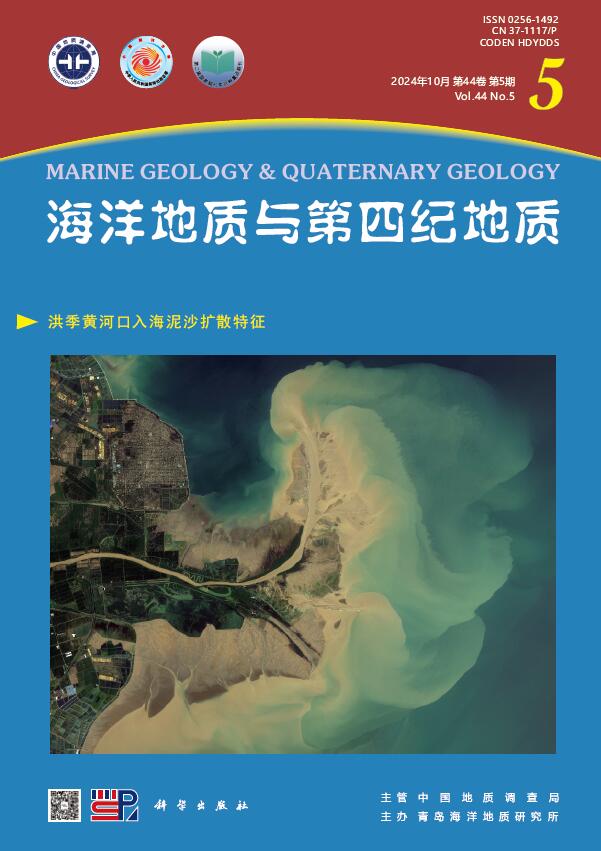南海北部zs -176核古海洋记录:氧同位素和有机碳;南海北部zs -176核古海洋记录:氧同位素和有机碳
引用次数: 1
摘要
采用南海北部斜坡zs -176岩芯浮游有孔虫氧同位素与有机碳耦合的方法,重建了末次冰期以来的古气候演化史。末次冰期zs -176冰芯浮游有孔虫氧同位素振荡与格陵兰冰芯和西太平洋沉积物记录的气候变化是同步的。这些变化包括末次盛冰期、海因里希事件1、Bling- allerd和新仙女木期。在全新世期间,我们还发现了三个强降水阶段和三个弱降水阶段。氧同位素记录与包括北大西洋高纬度地区在内的遥远地区的气候记录具有相关性,为区域气候之间的全球远程联系提供了证据。随着东亚夏季风的增强,陆源有机碳含量增加,生物源有机碳以zs -176核区为主。但在3kabp之后,由于东亚夏季风减弱,华南地区陆源输入减少。本文章由计算机程序翻译,如有差异,请以英文原文为准。
Paleoceanographic Records of Core Zhs-176 From the Northern South China Sea: Oxygen Isotope and Organic Carbon: Paleoceanographic Records of Core Zhs-176 From the Northern South China Sea: Oxygen Isotope and Organic Carbon
A coupled approach based on planktonic foraminiferal oxygen isotope and organic carbon from core ZHS-176 in the northern South China Sea slope is adopted to reconstruct the history of paleoclimatic evolution since the last glacial stage.The planktonic foraminiferal oxygen isotopic oscillations in core ZHS-176 during the last glacial period are coeval with climatic variations recorded in the Greenland ice core and Western Pacific sediment.These variations include the Last Glacial Maximum,Heinrich event 1,Blling-Allerd,and Younger Dryas.During the Holocene,we also find three periods of strong precipitation stages and three periods of weak precipitation stages.The oxygen isotopic record exhibits correlation with climate records from distant regions,including the high-latitude area of North Atlantic,providing evidence for global tele-connection among regional climates.The biogenic organic carbon is dominated in core ZHS-176,and the content of terrigenous one increases while the East Asian summer monsoon strengthens.But after 3 kaBP,the terrigenous input decreases because of the weakened East Asian summer monsoon in the South China region.
求助全文
通过发布文献求助,成功后即可免费获取论文全文。
去求助
来源期刊
CiteScore
0.10
自引率
0.00%
发文量
4176
期刊介绍:
Marine Geology and Quaternary Geology launched in 1981 is a bimonthly academic journal sponsored by Qingdao Institute of Marine Geology, China Geological Survey, and published by the Science Press, China.The journal aims to publish original, cutting-edge, and explorative scientific results in the field of marine geology and sea-land Quaternary geology. The journal focus on reporting the latest research achievements supported by National Natural Science Foundation Project, National Key Project and International Cooperation Project, with priority to the results in China seas, global ocean and three poles, and the comparative study results between offshore and land, regional and global scientific issues.

 求助内容:
求助内容: 应助结果提醒方式:
应助结果提醒方式:


